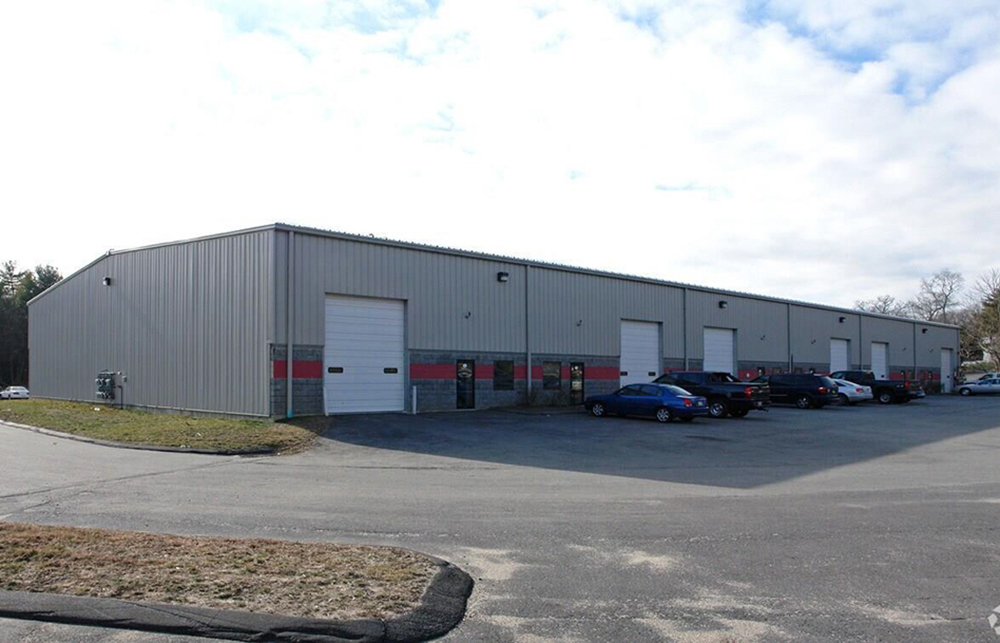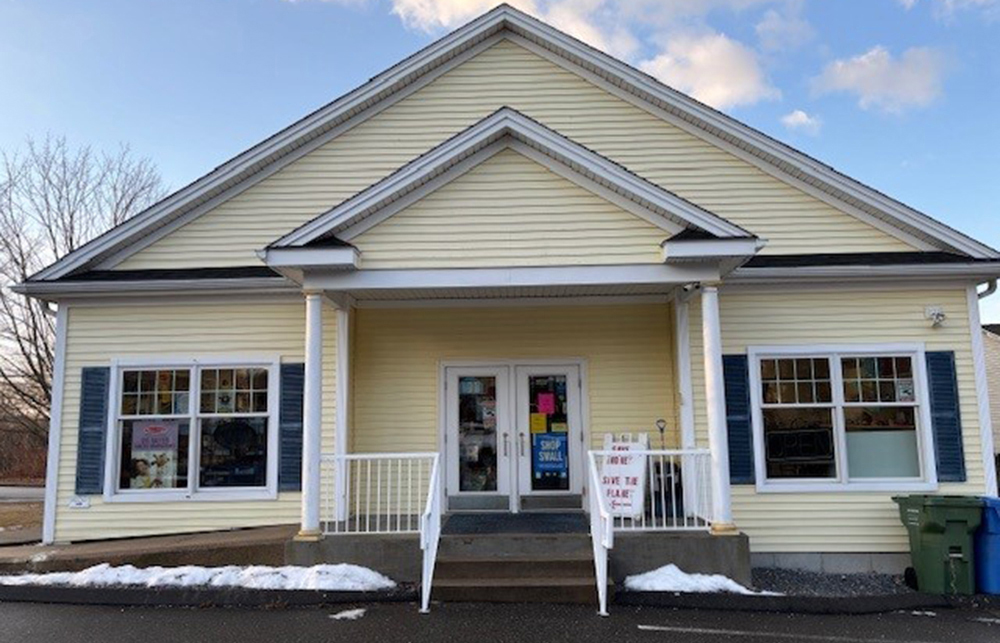January forecast in landscape architecture: Back to “right plant for the right place” for 2016 - by William Fleming
 William Fleming, William
William Fleming, WilliamFleming Associates, Inc.
Wow what a year 2015 was here in New England! William Fleming Associates (WFA) has been fortunate enough to work with many great clients and some of the best commercial developers throughout New England. As with many professions, landscape architecture is experiencing a resurgence in development project’s because our client’s needs to meet a new goal – a “green” goal. WFA has been a part of this profession for over 30 years and no other time has been seen as so challenging as the upcoming problems we are facing. Consumers are more educated on environmental issues and taking them more seriously and these values will be important as the national merchants are becoming green to match this goal. Our growth over the past decade along with the economic downturn has put tremendous pressure on our landscapes both suburban and rural. In order to develop centers for commerce in these underdeveloped areas we constructed the infrastructure to service these new locations of human activity. Incrementally our clients have financed many necessary city/town improvements from sewer, water, traffic and addressed neighborhood problems including an increased tax base. Therefore, skills of landscape architects will become increasingly valuable for all communities!
As we enter 2016, after a couple of resurgent economic years, we are confronted with the absolute need for innovation. WFA started to hear murmurings about an upcoming plant material shortage 2 years ago.Well, the long anticipated plant material shortage is here, and it is here to stay! Buyers and sellers of plant material in this new market are facing challenges beyond just prices. Prices have increased nearly 50% on average over last year. The price increases have caught many off guard but the increase in pricing is not the extent of the problem. When the plant material market is in a shortage it implies that certain species and quantities are simply impossible to find at any price. Many New England nurseries have such low inventory levels that large orders cannot be fulfilled or are completely out of stock on many items, including native plant materials!
Another issue that is compounding to the low inventory is that small caliper size specifications from municipalities are causing inventories to be sold much earlier than before. This results in smaller specified tree sizes. During the oversupply of plant material during the recession, plant material was held at nurseries for years past their initial ready date, allowing trees to add in size before shipment. This resulted in many trees that were sized larger than specified. After years of oversupply and over-sized trees, landscape architects, contractors, clients and municipalities have come to expect larger than specified trees. The expectations of the end user are no longer aligned with the environment the market is currently in. Trees no longer are being held past their ready date at nurseries, they are being shipped as soon as they have rooted in most cases. The end result is an inventory that is below industry / municipalities standard minimums. In short the market is the following: prices are high, calipers are small or the plant material is not available at all.
The plant material shortage is not just for trees but for shrubs as well. The shortage in shrubs will not last as long as the shortage in trees as it takes considerably less time to grow a shrub than a tree. The shortage in shrubs is affecting local municipalities as shrub sizes are not meeting local zoning specified size specifications. The plant material shortage has also caused problems for landscape contractors to price projects accurately. Landscape Contractors for commercial projects are performing balancing acts to win the bid and at the end of the project not be at risk for failing an inspection. The ramifications are complex with many unforeseen consequences affecting each project and everyone in the landscape development industry. WFA and other landscape architecture leaders must raise awareness and start to adjust everyone’s expectations in light of the new market conditions. Everyone who has experienced this conundrum has a responsibility to educate their clients so that they may align their expectations to the current market. The current market shortage could just be the beginning of a shortage that undoubtedly will last several years with residential and commercial construction on the rise, it is expected to get worse before it gets better!
During this plant material shortage there are some options that can ease the struggles of the current market from municipalities easing caliper/shrub size specifications to creating a zoning ordinance that relies on the motto “right plant for the right place” with extensive maintenance requirements such as bi-annual reviews.
Landscape architects also can help everyone out of this current market by specifying a variety of species for trees and shrubs not just natives. Also abiding by the mantra “right plant for the right place” no matter what the municipalities specifications, will help get us out of this market. This requires landscape architects defending their planting plans with multiple memorandums to the municipalities they are working with, along with memorandums to their private clients explaining the different species of plant material that is being specified. William Fleming Associates has been fortunate enough to help many of our great clients and some of the best commercial developers throughout New England to guide them through this current market and will continue to do so!
William Fleming is a principal at William Fleming Associates, Inc., Stoneham, Mass.
RapDev leases 17,587 s/f at 501 Boylston St. - lease brokered by JLL


Placemaking and retail in 2024 - by Carol Todreas
Placemaking. That is the word for 2024. While the concept has historical precedence in urban development, it became part of our current culture in the 1960’s when urbanists started to think about cities for people, not just cars.

Retail / tariffs / uncertainty and (still) opportunity - Carol Todreas
As new tariffs continue to impact the global economy, retail businesses and investors are grappling with heightened uncertainty. From new high tariffs to supply chain issues to evolving consumer behaviors, continual changes are making it as or more challenging than the pandemic years. Yet, amidst this turbulence,

Newbury Street: Boston’s timeless retail gem thrives in a modern era - by Joseph Aquino
Boston’s iconic Newbury St. continues to thrive as one of the most vibrant and compelling retail corridors in the United States. Nestled in the heart of the Back Bay, this historic St. has evolved into a powerhouse of high-St. retail, where luxury meets lifestyle and legacy brands coexist with up-and-coming names. With its European charm, diverse architecture, and unmatched foot traffic, Newbury St. remains a dynamic reflection of Boston’s energy, culture, and economic strength.










.png)
